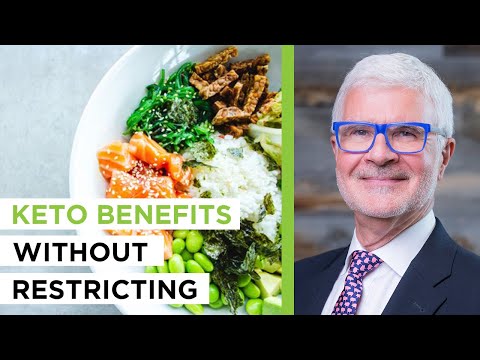Jo Bugman
Jedi Master
Thanks for bringing this up, I have similar symptoms that you described as I am skinny as well. I reordered thiamine pills and multivitamins after slacking over the past few months.I'm looking for some pointers on how to proceed as I'm entering week 5 of this diet.
Generally speaking, things are going great. Energy levels are steady, no feelings of hunger (except when I eat too much protein), emotions mostly stable etc.. However there's some lingering brain fog and I'm having trouble understanding a few symptoms I never before experienced before starting this diet.
For instance body temperature regulation; I remember reading in the beginning of this thread about skinny people converting carbs to heat and I definitely was one of those people as my girlfriend would always remark how warm my body was. Now, however, my extremities are cold, and sometimes I get the whole-body shivers that last about a minute. I read online different deficiencies that could cause it but I should be getting adequate vitamins and minerals from the way I'm eating now so I'm not sure. Also, as with most things, there's many possible culprits and pinpointing the exact cause of these things might be tricky.
Another thing is my sense of balance is off sometimes and I misstep as if drunk occasionally.
Also all the programming associated with food is coming up to the surface to be dealt with and until now it's been okay. I passed my first birthday party test with flying colors as the cakes and pizzas were flying in front of my face, but being so satiated from a fat-heavy lunch, it didn't even look appealing to me.
I found the thread about thiamine deficiency and was thinking that some of my symptoms can be explained by that, so was thinking to order some B1 as it's cheap. I'm also thinking of ordering L-glutamine to speed up the recovery of my gut. Could either of these help me along?
I'm still waiting for my order of magnesium (citrate and bisglycinate powder) to arrive (along with fish oil), and hopefully that will help me somewhat along the way.
I'm currently testing to be without eggs (1 week now), which is a shame, as that's the one food I have access to an impeccable source of (our own chickens).
Reading about other peoples experiences though, I'm starting to think I should instead eliminate dairy. Ever since I was old enough to hold a glass I've been chugging down milk any time I had the chance, so it would make sense to me that the relationship my body has with dairy might be a complicated one.
Maybe I should just be patient and not expect too much too soon, as I'm reading of people having been on this diet for over a year and still not having been able to perfect the process. I suppose just steadfastly continuing on the diet will show slow and steady improvements by itself...
I’ve had a scary episode where I fainted and EMS had to give me glycerin to raise my blood sugar back up, possibly because I did not eat enough before having a big lunch and a few drinks. A couple weeks later I felt faint again after drinking a full cup of coffee before lunch (almost an empty stomach). I understand that a coffee intolerance can be a result of thiamine deficiency, so I haven’t had any since (and also no more alcohol since I rarely drank anyways).
I’m back on thiamine and multivitamins and feeling a better, but I notice I get lightheaded/dizzy in the mornings around 9-10am. I feel much better after I eat lunch. I’m not sure what the cause is, snooping around, it could have something to do with my taking vitamins too early in the day with breakfast usually around 6am, so I’m going to try taking them with lunch instead and see if it makes a difference. I’m still experimenting to see what the problem is.
FWIW, I notice before breakfast my blood pressure and sugar is around 105/70 and 93 which seems low but still normal(?).





